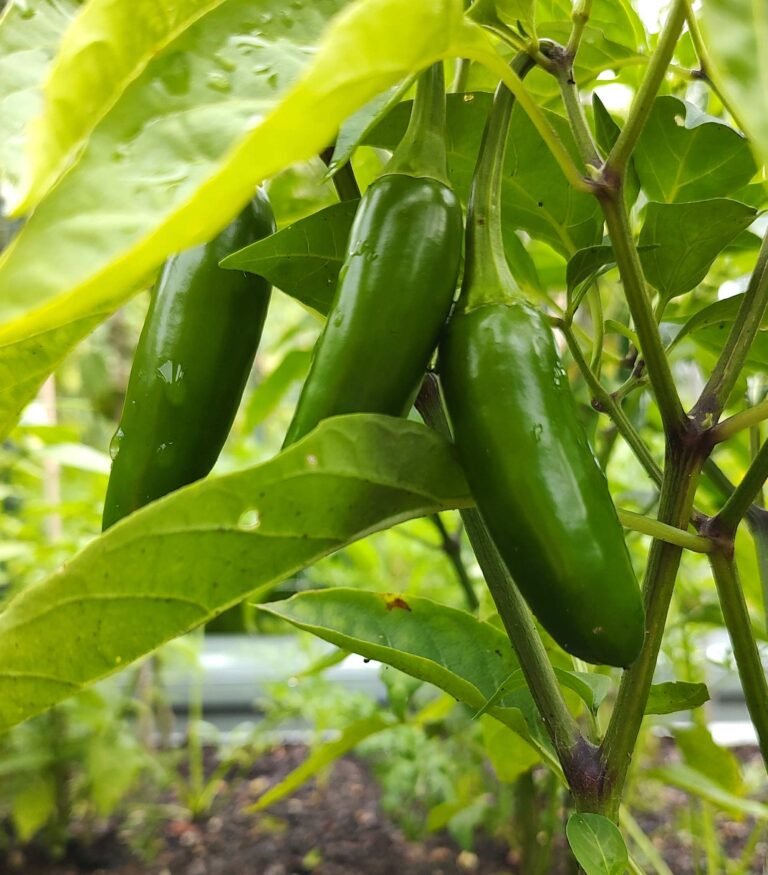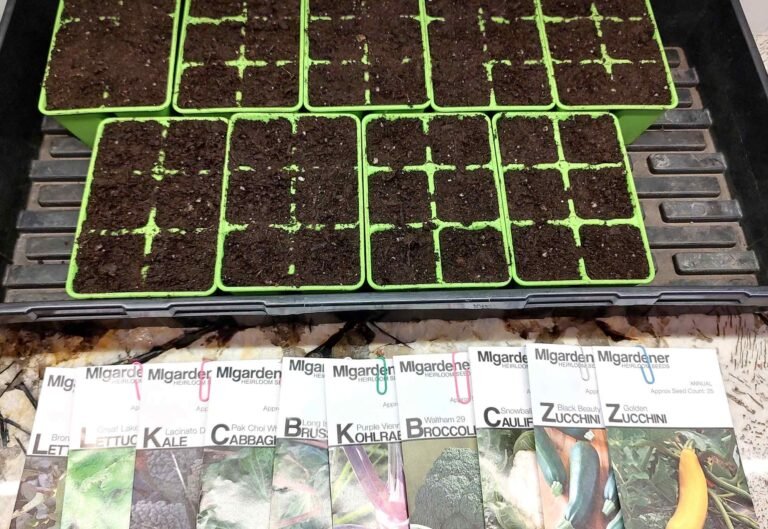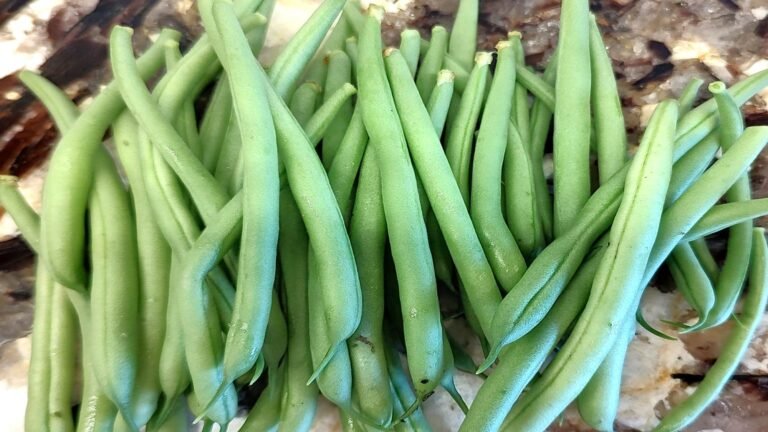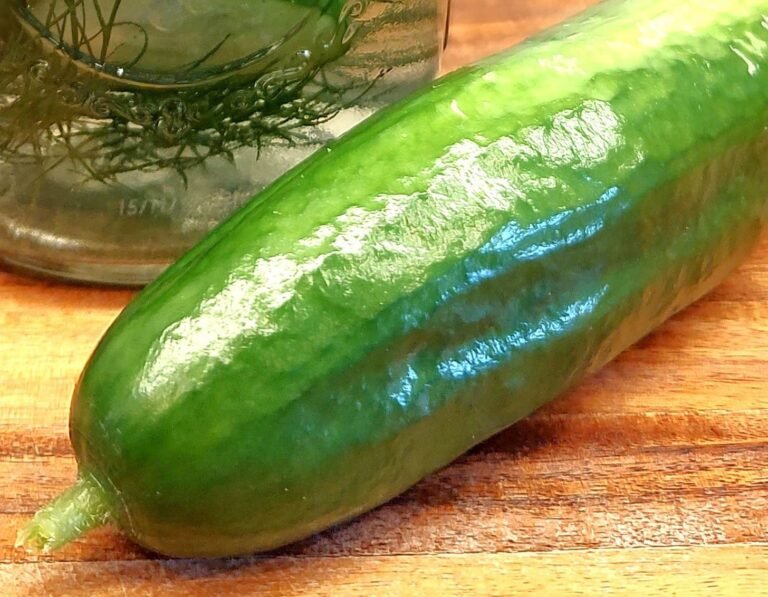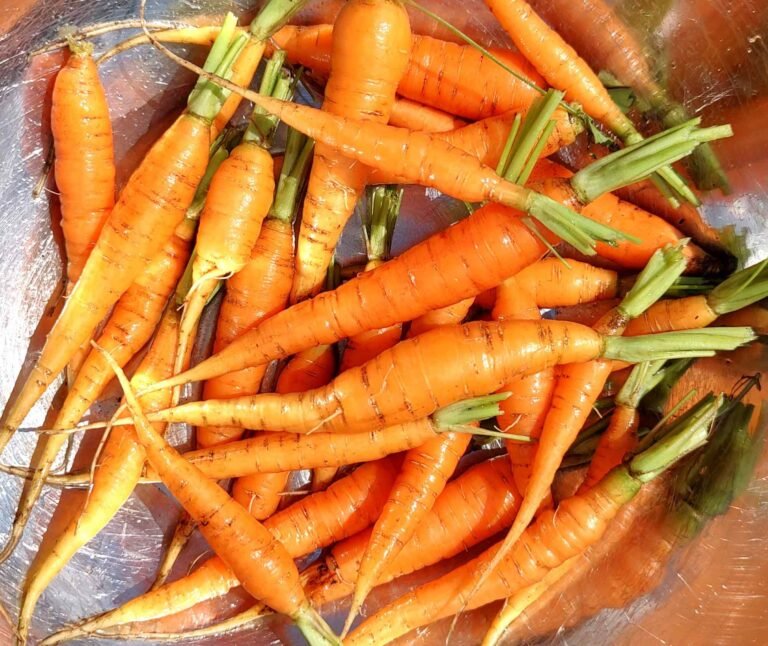Peas are a delightful and nutritious addition to your garden, offering sweet, tender pods and beautiful flowers. Growing peas is relatively simple and can be very rewarding, especially when you get to enjoy the crisp freshness of home-grown peas. Follow this guide to learn how to grow peas in your garden.

How to Grow Peas: Choosing the Right Variety
Select a variety based on how you prefer to eat your peas. Peas thrive in cooler weather, so they’re often planted in early spring or fall.
- Snow Peas: These peas have flat pods and are eaten whole, including the pod. They can be cooked in stir-fries or eaten fresh in salads. Varieties include Mammoth Melting Snow and Blizzard.
- Snap Peas: These have a sweet flavor and can be eaten both fresh and cooked with or without the pod. Varieties include Spring Blush and Sugar Snap.
- English (Shelling) Peas: These are grown for the peas inside the pod, which are removed and cooked before eating. Varieties include Thomas Laxton and Little Marvel.
- Pea Shoots: Any of the above pea varieties grown and harvested as young plants for their edible stems, leaves, and tendrils.
How to Grow Peas: Planting
- Timing and Depth: Peas prefer cool weather and should be planted as soon as the soil can be worked in spring, typically 4-6 weeks before the last expected frost. In milder climates, you can also plant in the fall for a winter crop. Sow pea seeds 1/2 inch to 1 inch deep and space them about 1-2 inches apart. Keep the soil consistently moist until the peas have germinated and the seedlings have emerged from the soil. Gardeners typically do not start peas indoors unless growing as pea shoots.
- Location: Choose a site that gets at least 6-8 hours of sunlight. Peas are vining plants and will seek something to climb, so provide them with a trellis or other structure.
- Soil Preparation: Peas grow best in well-drained, loamy soil. Incorporate organic matter like compost or well-rotted manure into the soil before planting to improve fertility and structure.

How to Grow Peas: Plant Care
- Watering: Peas need consistent moisture, especially during flowering and pod development. Water them regularly, keeping the soil evenly moist but not waterlogged. Avoid wetting the foliage to minimize disease risk.
- Fertilizing: Peas are relatively low in nutrient requirements compared to other vegetables. They can fix their own nitrogen from the air, so over-fertilizing, especially with high-nitrogen fertilizers, can actually harm them. A balanced, low-nitrogen fertilizer or compost at planting time is usually sufficient.

How to Grow Peas: Pest and Disease Management
- Common Pests: Peas are susceptible to pests like aphids, pea weevils, and spider mites. Use organic insecticidal soap or neem oil to manage aphids, and check your plants regularly for signs of pests. Peas are one of the few plants in my garden that rarely or never experience pest pressure.
- Diseases: Peas can suffer from diseases such as powdery mildew, downy mildew, and root rot. Ensure good air circulation, avoid overhead watering, and practice crop rotation to minimize disease risks.
How to Grow Peas: Harvesting and Storage
- Timing: Harvest peas when the pods are plump but still tender. For snow and snap peas, pick them when they’re still tender and sweet. For shelling peas, wait until the pods are fully developed and the peas inside are firm.
- How to Harvest: Use scissors or garden shears to cut the pods from the vine to avoid damaging the plant. Regular harvesting encourages more pod production. The pods will grow quickly, so ensure you are checking the plants several times a week. Once you stop harvesting and/or the summer heat kicks in, the plants will stop producing and will start to die back. If harvesting as pea shoots, cut the stems with clean kitchen shears when they are about 4 inches tall.
- Storage: Store peas in a container in the fridge for 1-2 weeks. To freeze, first blanch the peas in boiling water for 30 seconds, then lay flat in a single layer on a baking sheet with wax paper in the freezer. Once frozen, transfer the peas to a freezer bag and place them back in the freezer.

Final Thoughts
Peas are easy and fast growing, making them a great choice for new and experienced gardeners. They require minimal care and will give you a bountiful harvest of fresh peas for weeks. I love venturing out to my garden in the spring and picking a handful of crunchy pea pods. If I bring my kids out with me to pick peas, we typically don’t make it back to the house with any left in our bowl. I hope you enjoy growing them as much as I do!
Check Out My Similar Posts
You Might Also Like
No posts

